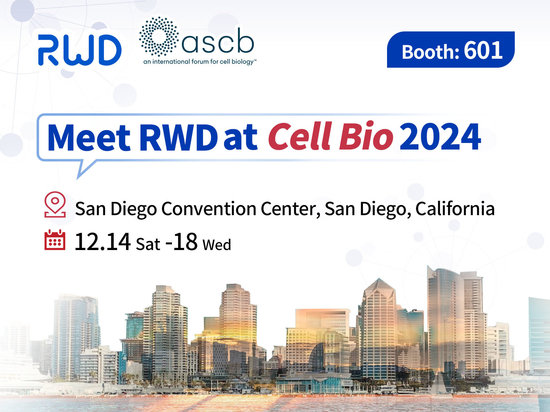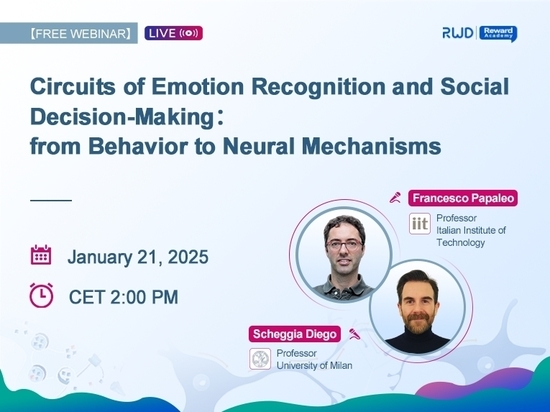
#Industry News
Common Approaches for Centrifugation in the Laboratory
This article will provide you with common approaches from centrifugation in the Laboratory
Cell centrifugation is an indispensable step in common cell experiments. It allows adherent samples to settle completely at the bottom of the tube and helps confirm cell concentration. The centrifuged samples can be used for subsequent experiments such as primary cell culture, cell passage culture, single-cell sequencing, etc.
Different approaches for centrifugal separation should be adopted according to the type of cells and organelles.
So, what are the common approaches for cell centrifugation?
01 Differential centrifugation
Differential centrifugation separates particles of different sizes and shapes in the heterogeneous mixture based on the particles' sedimentation rate while gradually increasing centrifugal force. It is typically used for laboratory sample separation, such as organelle mitochondria, chloroplasts, proteins, and viruses.
Separation steps
Step 1: Set a relatively lower speed to allow high-density particles to settle to the bottom of the tube, while the medium-small sized particles in the mixture are still suspended in the supernatant.
Step 2: Collect the sediment. The resulting supernatant from step 1 could be centrifuged at a higher speed to separate relatively medium or small-sized particles and so on.
02 Density gradient centrifugation
Density gradient centrifugation, also known as zonal centrifugation, includes rate zonal centrifugation and isodensity centrifugation.
1. Rate zonal centrifugation
Rate zonal centrifugation is typically used to separate cells or organelles with similar densities but different sizes. Load the density gradient media such as sucrose, glycerin, CsCl, and Percoll into the centrifuge tube first. One thing worth noting is that the density of the sample particles must be higher than the density of any point in the gradient liquid column. Given the separated particles have different settling velocities in the gradient liquid, different components in the mixed sample can form their respective zones at different positions of the gradient liquid column, separation is therefore realized during centrifugation.
2. Isodensity centrifugation
Isodensity centrifugation is applied for separating particles with different densities. With sufficiently centrifugal force and time, cells or organelles can settle or float to the medium with the same density in a continuous gradient medium. The separation is achieved as cells stay and reach equilibrium. Percoll is widely adopted as the medium, while CsCl, Cs2SO4 and triiodoformyl-glucosamine can also achieve stable gradients after long-time centrifugation.
RWD High-Speed Benchtop Refrigerated Centrifuge provides intelligent centrifugation, adapting various applications from micro to medium throughput with a speed up to 18,000 rpm (30,000×g). Offer a broad selection of rotors and adaptors (swing-bucket rotors and fixed-angle rotors) to meet different customers' needs. The capacity of M1416R ranges from 24 x 2mL to 4 x 400mL, and the plate rotor also accommodates PCR and deep-well plates. In addition, equipped with a 7-inch touch screen, M1416R provides visual operation and a personalized account management system ensuring efficient and quality control.
●Max. speed: 18000 rpm & Max. volume: 400 mL*4
●9 ACC/ 10 DEC ramps to meet different customers' needs
●Self-lock rotor with quick-lock lid enables fast installation in 3 seconds
●Personalized account management system provides organized programs and easy operation






